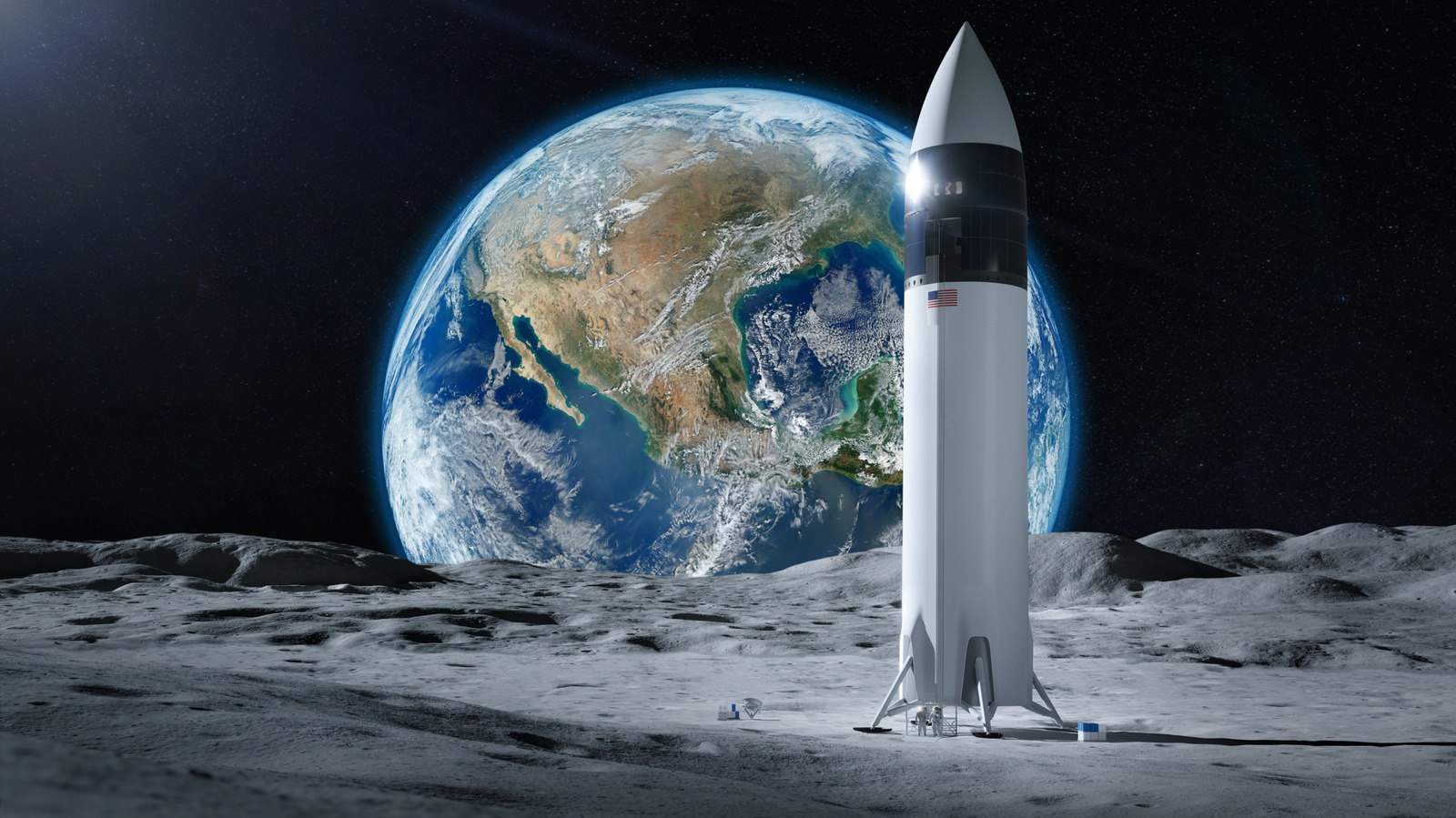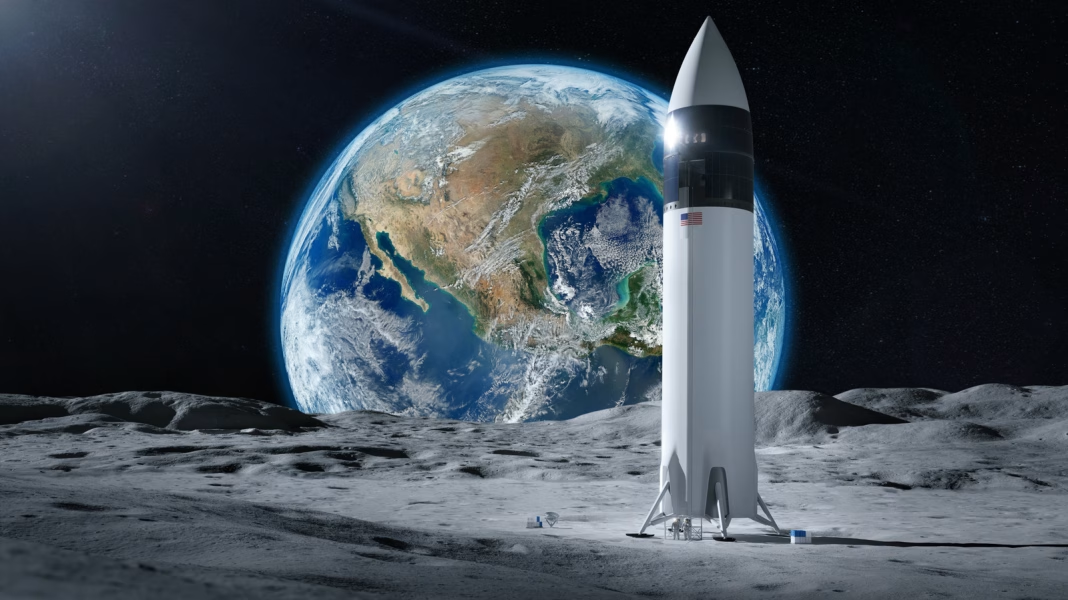Is SpaceX’s Starship Really on Track for America’s Next Moon Mission?
When NASA first tapped SpaceX’s Starship to land astronauts on the Moon, the excitement was palpable. After all, Elon Musk’s rocket company had already shaken up the space industry with reusable rockets and bold timelines. But lately, a wave of skepticism has swept through the aerospace community. Can SpaceX actually deliver a fully operational Starship in time for NASA’s ambitious Artemis lunar missions—or is the whole project teetering on the edge?
What’s Fueling Doubts About Starship’s Readiness?
The heart of the concern is simple: Starship’s development has been anything but smooth. While SpaceX has made headlines with dramatic test launches and explosive landings, the leap from prototype to a crew-ready lunar lander is enormous. According to a recent report from the Government Accountability Office (GAO), Starship’s schedule is “aggressive,” with multiple technical hurdles still unresolved. NASA’s own inspector general warned in 2023 that delays in Starship’s progress could push the Artemis III Moon landing well past its 2025 target.
It’s not just government watchdogs raising eyebrows. Industry insiders point to the sheer complexity of Starship’s design—an entirely new, fully reusable rocket system that must refuel in orbit and safely land on the lunar surface. Each of these steps is a first for humanity, and each carries its own risks. As of early 2024, SpaceX has yet to complete a full end-to-end demonstration of Starship’s capabilities, let alone prove it can do so reliably and safely with astronauts aboard.
How Do Starship’s Setbacks Affect NASA’s Lunar Plans?
NASA’s Artemis program hinges on Starship’s success. The plan is for astronauts to launch aboard the Orion capsule, then transfer to Starship in lunar orbit for the final descent. If Starship isn’t ready, the entire mission timeline gets thrown into chaos.
Already, delays are stacking up. The Artemis II mission, which will send astronauts around the Moon without landing, has been pushed to late 2025. Artemis III—the first crewed lunar landing since Apollo—now faces the real possibility of slipping into 2027 or beyond. This domino effect isn’t just a scheduling headache; it’s a blow to America’s leadership in space exploration, especially as other countries ramp up their own lunar ambitions.
Are There Any Silver Linings or Alternative Paths Forward?
Despite the setbacks, SpaceX’s track record shouldn’t be underestimated. The company has a history of overcoming naysayers—remember when reusable rockets seemed like science fiction? And while Starship’s challenges are unprecedented, SpaceX’s rapid prototyping and iterative testing approach has delivered breakthroughs before.
NASA, for its part, is hedging its bets. The agency recently opened the door for other companies to develop alternative lunar landers, hoping to avoid putting all its eggs in one basket. Blue Origin, for example, is working on its own lander, though it’s several years behind SpaceX in development.
What Do Experts Say About the Risks and Rewards?
Space industry veterans are split. Some, like former NASA administrator Jim Bridenstine, argue that betting on bold innovation is exactly what’s needed to break the cost and complexity barriers of deep space exploration. Others caution that the Moon isn’t the place for unproven technology—especially when human lives are on the line.
A 2023 survey by the Aerospace Industries Association found that 62% of space professionals believe Starship will eventually succeed, but only 29% are confident it will be ready for Artemis III’s original timeline. That gap speaks volumes about the tension between optimism and realism in the field.
What’s at Stake if Starship Misses Its Window?
The implications go far beyond a missed launch date. If Starship falls short, NASA could lose momentum—and funding—for its lunar ambitions. International partners might look elsewhere, and the U.S. could cede leadership in the new space race to China or other rivals. There’s also the risk that public enthusiasm, so crucial for big exploration projects, could wane if delays drag on.
But there’s another side to the story. Even if Starship stumbles, the lessons learned could pave the way for safer, more reliable missions down the road. Space exploration has always been about pushing boundaries and learning from failure as much as success.
Where Does That Leave the Moon Mission Dream?
The big takeaway? Getting back to the Moon isn’t about perfection—it’s about smarter adjustments. If you’re following the Artemis saga, don’t expect a flawless countdown. Instead, watch for how NASA and SpaceX adapt, iterate, and—yes—occasionally pivot. Start with one change this week, and you’ll likely spot the difference by month’s end. That’s how progress in space, and on Earth, really happens.


